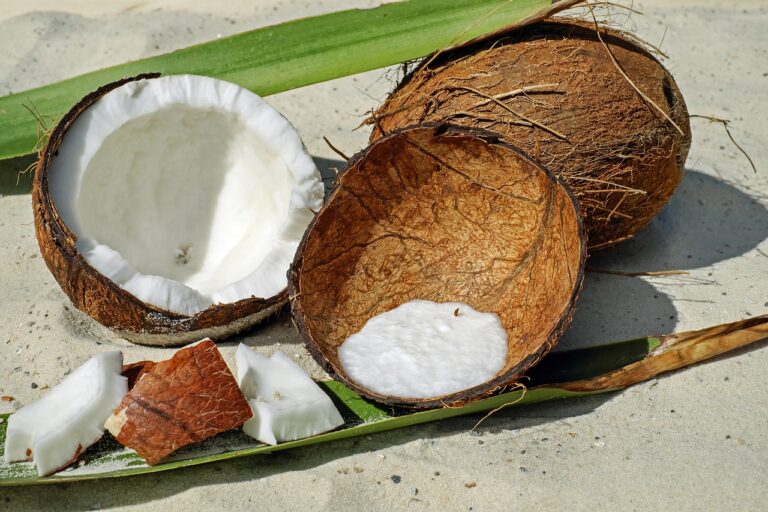Exploring the Art of Curing Meats: World7, Mahadev book login, Silverexch
world7, mahadev book login, silverexch: Exploring the Art of Curing Meats
If you’re a food enthusiast who loves experimenting in the kitchen, you may have come across the practice of curing meats. Curing is a traditional method of preserving meats that has been used for centuries to enhance flavors and extend the shelf life of various cuts of meat. The process involves adding salt and other seasonings to meat and allowing it to age for a specific period, resulting in a more flavorful and tender product.
In this article, we’ll delve into the art of curing meats, exploring the different techniques, ingredients, and equipment needed to embark on this culinary journey. Whether you’re a seasoned home cook or a novice in the kitchen, curing meats can be a rewarding experience that allows you to create your own delicious charcuterie at home.
Choosing the Right Meat
The first step in curing meats is selecting the right cuts of meat to work with. While virtually any type of meat can be cured, certain cuts are better suited for this preservation method. Pork is one of the most popular choices for curing, with cuts like bacon, prosciutto, and salami being common favorites. Other meats such as beef, duck, and even fish can also be cured with delicious results.
When choosing meat for curing, opt for high-quality cuts with a good balance of meat and fat. The fat content is essential for adding flavor and tenderness to the finished product, so look for cuts that are well-marbled. Additionally, it’s crucial to source your meat from a reputable butcher or farmer to ensure the best quality and flavor.
Preparing the Meat
Once you’ve selected your meat, it’s time to prepare it for the curing process. Start by trimming any excess fat from the meat and then season it with a mixture of salt, sugar, and any herbs or spices you’d like to include. This seasoning blend, known as the curing mixture, will help preserve the meat and infuse it with flavor as it ages.
After applying the curing mixture, it’s essential to wrap the meat tightly in plastic wrap or place it in a sealable plastic bag. This will help seal in the flavors and prevent any bacteria from contaminating the meat during the curing process. Depending on the type of meat and the desired outcome, curing times can vary from a few days to several weeks or even months.
Curing Techniques
There are several different curing techniques that you can use to preserve and flavor your meats. Some of the most common methods include dry curing, wet curing, and brining.
Dry curing involves rubbing the meat with a mixture of salt, sugar, and spices and then allowing it to age in a cool, dry place for an extended period. This method is commonly used for making salami, jerky, and prosciutto.
Wet curing, on the other hand, involves submerging the meat in a brine solution made of water, salt, sugar, and spices. This method is often used for curing meats like corned beef and bacon.
Brining is a technique that involves soaking the meat in a flavorful liquid solution for a set period. This method is ideal for infusing meats with complex flavors and can be used for curing poultry, pork, and fish.
Equipment Needed for Curing Meats
To start curing meats at home, you’ll need a few essential pieces of equipment to ensure successful results. Some of the necessary tools include:
– A digital kitchen scale for weighing out ingredients accurately
– Curing salts, such as Prague powder #1 or #2, which contain a precise blend of sodium nitrite and/or sodium nitrate for curing meats safely
– Airtight containers for storing curing mixtures and meats during the curing process
– A temperature and humidity-controlled environment, such as a curing chamber or refrigerator, to age the meats properly
– Sharp knives for trimming and slicing cured meats
FAQs
Q: How long does it take to cure meats at home?
A: The curing time can vary depending on the type of meat and curing method used. Some meats may only need a few days to cure, while others can take several weeks or even months.
Q: Is it safe to cure meats at home?
A: Curing meats at home can be done safely as long as you follow proper hygiene practices and use the correct curing salts and equipment. It’s essential to carefully follow recipes and instructions to ensure the meat is cured correctly and preserved safely.
Q: Can you cure meats without nitrites or nitrates?
A: While curing salts containing nitrites and nitrates are commonly used in the curing process to prevent the growth of harmful bacteria, there are nitrite-free curing alternatives available. However, these methods may result in a different texture and flavor in the finished product.
Q: How can I tell if my cured meat has gone bad?
A: Cured meats should have a pleasant aroma and color. If you notice any off-smells, slimy textures, or discoloration, it’s best to discard the meat to prevent any potential foodborne illnesses.
In conclusion, curing meats at home is a rewarding and delicious way to experiment with different flavors and preservation techniques. By selecting high-quality meats, preparing them with care, and using the right equipment, you can create your own savory charcuterie that’s sure to impress friends and family. So why not give it a try and embark on your own curing adventure today?







